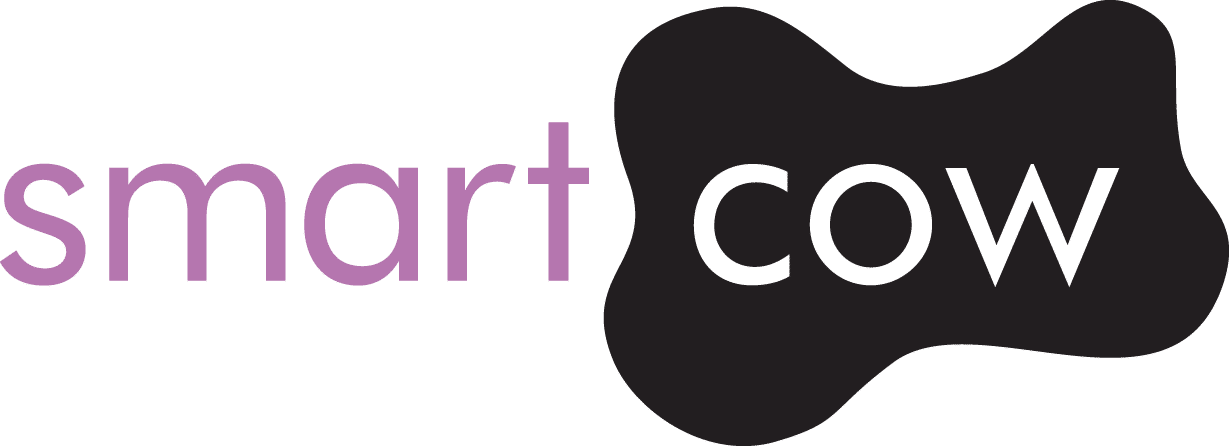To truly stand out in search results and attract potential customers, your website needs to be optimised for search engines. This is where on-page SEO (Search Engine Optimisation) comes into play.
What is On-Page SEO?
On-page SEO or Search Engine Optimisation involves optimising web pages on your website to help them rank higher in search engines. By adjusting various elements on your web pages, such as meta titles, descriptions, headings, and content, can help make the web pages more attractive to search engines like Google.
For small businesses, mastering on-page SEO can be the difference between being found by potential customers and being lost in the vast sea of the internet.
Key On-Page SEO Elements
1. Meta Titles
What are Meta Titles?
Meta titles, or title tags, are HTML elements that specify the title of a web page. They are displayed on search engine results pages (SERPs) as the clickable headline for a given result and are crucial for both SEO and user experience.
How to Optimise Meta Titles
- Under 60 Characters: Google usually displays the first 50-60 characters of a title tag.
- Include Keywords: Place your primary keyword as close to the beginning of the title as possible.
- Be Descriptive: Clearly describe what the web page is about.
- Avoid Keyword Stuffing: Do not overuse keywords; this can lead to penalties.
2. Meta Descriptions
What are Meta Descriptions?
Meta descriptions are brief summaries of a webpage’s content that appear under the title in search engine results. While they don’t directly impact rankings, they can influence click-through rates.
How to Optimise Meta Descriptions
- Keep it Under 160 Characters: Ensure the entire description is visible in search results.
- Use Keywords: Relevant keywords should be included within the description and flow logically in a sentence.
Write Compelling Copy: Encourage users to click by summarising the page’s content and highlighting its value.
3. Headings (H1, H2, H3, etc.)
What are Headings?
Headings help to structure webpage content. Headings range from H1 to H6, with H1 being the main heading and H2-H6 subheadings.
How to Optimise Headings
- Use One H1 Per Page: This should clearly describe the main topic of the page.
- Include Keywords: Integrate keywords into headings – do not stuff.
Maintain Hierarchical Structure: Use H2 for main sections, H3 for subsections, and so on.
4. Content
What is Optimised Content?
Optimised content is well-written, valuable information that addresses the needs and queries of your target audience while being structured in a way that search engines can easily understand.
How to Optimise Content
- Prioritise Quality: Write clear, engaging, and informative content.
- Use Keywords Naturally: Incorporate keywords and phrases without compromising readability.
- Use Internal Links: Link to other relevant content on your website for ease of navigation and to keep visitors engaged longer.
- Include Multimedia: Images, videos, and infographics can make your content more engaging.
Optimise Your Website With SEO
On-page SEO is a critical component for small businesses looking to enhance their digital marketing efforts. By optimising key elements like meta titles, descriptions, headings, and content, you can significantly improve your website’s search engine performance, attract more visitors, and ultimately drive growth.
For more personalised guidance, contact our team of digital marketing experts who can help tailor an SEO strategy specifically for your business needs.






